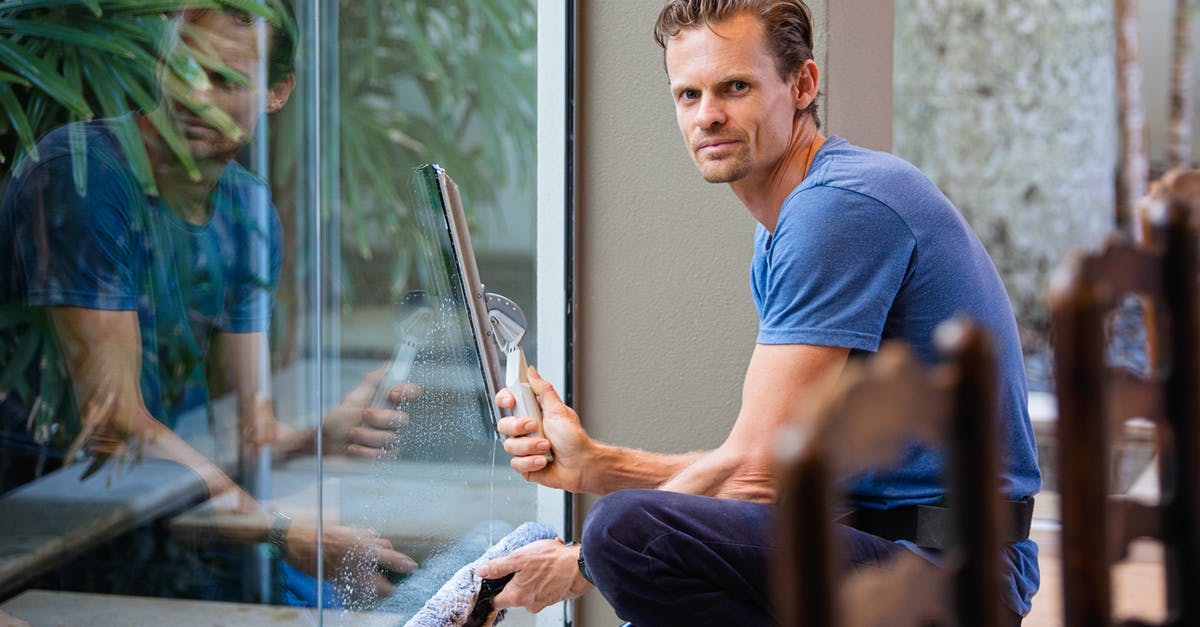Why isn't glass ideal for the fermentation of sauerkraut?

I last made sauerkraut over 20 years ago, so embarking on it again I did some reading and chose an Alton Brown recipe. He specifically calls for the fermentation to be done in a plastic container. This answer here on SA suggests that fermentation in glass is "higher maintenance" What's the best container to ferment vegetables?, but that is counterintuitive to me.
I believe it, since it meshes with what Alton Brown recommends, but why? And is there an advantage to the traditional ceramic pot or the newer high-tech container?
Best Answer
SUMMARY: Glass containers are perfectly fine for fermentation. It's usually other design aspects of the container that create fermentation problems.
Do you have any sources that actually say glass isn't a good container for fermentation? I've never heard or read that anywhere. The only negative thing I can say about glass is that it's usually transparent, which means you should store it in a dark place to avoid growth of microorganisms that can sometimes be fueled by light.
I assume the reason your linked question mentions that glass jars are "high maintenance" is because most people who ferment in, say, your standard Mason jar may not use airlocks or weights to keep food submerged. If food stays on or above the surface of the liquid, it is much more likely to mold, especially if the container allows outside air to get in. Some people therefore tend to stir or skim their fermented foods periodically, and this agitation will prevent some surface molds from forming, sometimes even with food that floats. With a standard Mason jar, though, your only other option is to keep outside air from contaminating the container by tightening the lid, but then you have to "burp" the jar periodically to avoid pressure build-up.
"Burping" or stirring/skimming on a daily basis (or even more often) in standard jars would probably be "high-maintenance." But these would be problems with any container material (not just glass).
Of course, neither of these situations is ideal -- what you really want to do is (1) use some sort of weight to keep the food submerged (weights in a big container or a baggie full of water in a small container are typical) and (2) have an airlock of some sort on the container. If you try to ferment in glass jars -- or any container -- without those two things, you need to use "high-maintenance" techniques to try to prevent mold. And even if you do the "high-maintenance" things, you may still encounter growth of bad things, so I wouldn't recommend such a setup.
I have no idea why Alton Brown uses plastic in his recipe other than the fact that it's probably the cheapest option for someone to find a container that holds five pounds of cabbage and likely comes with a good lid. There's nothing wrong with plastic as long as it's non-reactive and doesn't leach anything into the ferment. Most food grade plastic containers should be fine (though many people avoid them anyway in favor of more traditional glass or ceramic).
The two containers you link to both include an airlock of sorts, and both have common methods to keep food below the surface. (The ceramic crock usually is used with weights, while the plastic container has an inner plastic lid that can be moved down to keep food down.) The first is similar to the container recommended in your linked question, and it's those aspects which make it more desirable and requiring less maintenance.
Anyhow, if you want to read more about these issues, you might find this link interesting, which included a microscope study to look for growth of nasty things after a 28-day ferment in 18 different fermentation container setups. Bottom line, as I said: the container material is basically irrelevant as long as it's sterile and non-reactive. The more important things are keeping outside air out and keeping food below the surface.
Pictures about "Why isn't glass ideal for the fermentation of sauerkraut?"



What is the best container to make sauerkraut?
Old-fashioned earthenware crocks are traditional and are still a good choice as long as they are not cracked or chipped. Food-grade plastic pails that are sturdy and rigid make excellent containers.Can you ferment in glass?
Glass is one of the best options for fermenting vegetables because it doesn't scratch easily, nor does it contain chemicals such as BPA. Glass containers such as canning jars are relatively easy and inexpensive to obtain. Our Classic Sauerkraut Kit and Homemade Kimchi Kit come with quart-sized glass canning jars.Can you ferment in clear glass?
It doesn't matter much if you use dark or clear glass. If you keep your second fermenting bottles somewhere in direct sunlight, the sun may have some anti-microbial effects that could slow down/halt your fermentation. So people who do that may want to opt for dark glass just to be safe.Can you ferment sauerkraut in plastic?
A plastic bucket is actually an excellent choice for sauerkraut if you don't have the traditional earthenware container. Make sure your bucket is made of food-grade plastic, has a sturdy construction and rigid sides, and an air-tight lid.Why isn't \
Sources: Stack Exchange - This article follows the attribution requirements of Stack Exchange and is licensed under CC BY-SA 3.0.
Images: suzukii xingfu, Andrea Piacquadio, Wendy Wei, Nathan Cowley
